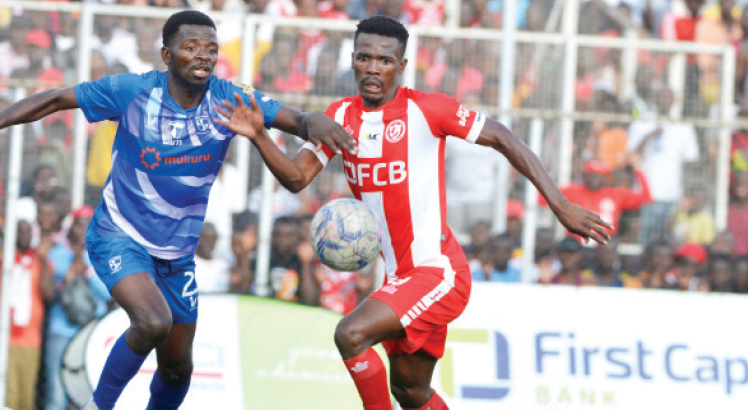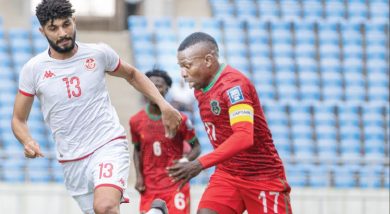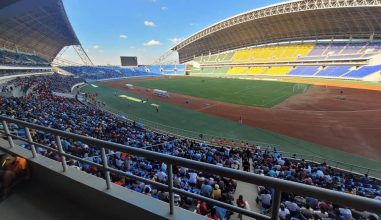Football clubs ignore first-aid

Football players in the country risk dying on the pitch unless clubs see the importance of having team doctors and first aid equipment at both training sessions and competitive games, analysts have said.
The analysts sounded the warning during the week in response to Nation on Sunday’s discovery that most TNM Super League teams practise in the absence of
team doctors or first aid kits.
We also found out that youth and women football competitions are held without such important tools.
Nation on Sunday observed training sessions of big teams such as Big Bullets, Mighty Wanderers and Blantyre United for the past three weeks and found that it was business as usual during the sessions, no one talked about the absence of the team doctor or the first aid kit.
While confirming the trend, Super League of Malawi (Sulom) president Innocent Bottomani said deaths on the pitch of footballers such as Christopher John Banda and Patrick Mvula in the past four years should have been a wake-up call for teams to realise the importance of such necessities.
“Of course, it is mandatory for Super League teams to have own doctors and first aid kits, but I must admit that most of them disregard the requirement, especially at training sessions,” said Bottomani.
He, however, said Sulom plans to seriously discuss the issue of players’ health at its annual general meeting (AGM) next month.
Former Bullets players Banda and Mvula collapsed during social games they were involved in.
At that time, doctors argued that the players’ lives could have been saved had they received first aid treatment.
If the two are included on the list of footballers that died during matches globally since 1889, the number comes to 105. Cardiac arrest, ruptured bowels, head injuries and lightning have been the major causes of the deaths.
In March 2012, first aid treatment saved the life of Bolton Wanderers midfielder Fabrice Muamba. He survived a cardiac arrest while playing against Tottenham Hotspur in the English Premier League. He is said to have ‘died’ for 78 minutes.
Big Bullets chairperson Malinda Chinyama concurred with Epac FC owner Dini Josaya Banda that their teams do not often have doctors and medical equipment when they practise because it is expensive to hire and sustain doctors.
Chinyama, however, said they are aware of the threats absence of doctors and medical kits pose to the players.
“Soccer is really a precarious career that needs team doctors and medical equipment all the time to ensure good health of our players, but with our financially-crippled teams, it is tough to have them constantly. Sometimes, we hire less qualified personnel to cut costs, but still the financial challenges are too heavy to sustain,” he said.
Chinyama, however, said they plan to put their players on a medical insurance scheme for the next five years because “the insurance will give the players maximum motivation to give their all during games without fear of injuries.”
Bullets team doctor G’bray Sangala, who is a clinical officer at Queen Elizabeth Central Hospital (QECH), said he is required to attend training sessions at least twice per week.
“This means it is possible for players to get injured on days I am not available and that is really a big risk for the players’ lives, but I cannot be available at all times because I also get busy at my workplace,” said Sangala.
The situation is worse at youth and women football outfits. At least most Super League clubs have team doctors and enjoy first-aid services provided by St John’s Ambulance at their competitive games.
But we have learnt that National Youth Football Committee (NYFC) and National Women Football Committee (NWFC) have been running both regional and national competitions with neither doctors nor first aid kits.
Speaking when he received a donation of 10 first-aid kits from external auditing firm PWC, NYFC treasurer Tiyenkhu Chavula said all along they had been using water as first aid treatment for any injury.
QECH nurse Milly Kumwenda is probably the only health practitioner who acts as team doctor in the country’s women football arena.
She, however, said she is often not involved in high-profile competitions such as the Presidential Cup despite her knowledge of sports medicine.
According to a medical doctor, Christopher Kayuni, who works for Emmanuel Medical Centre, anyone with a qualification in sports medicine or background in paramedics can be a team doctor.
But he insisted that in the absence of proper equipment for traumatic and soft tissue injuries, the team doctors become useless. n





